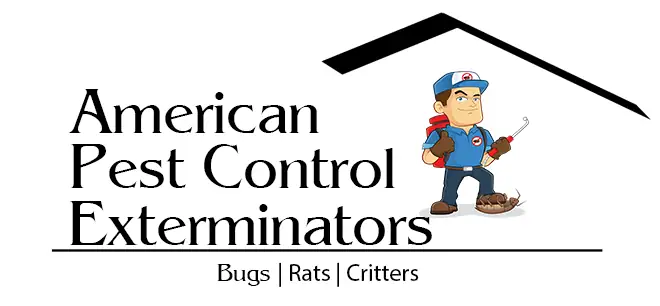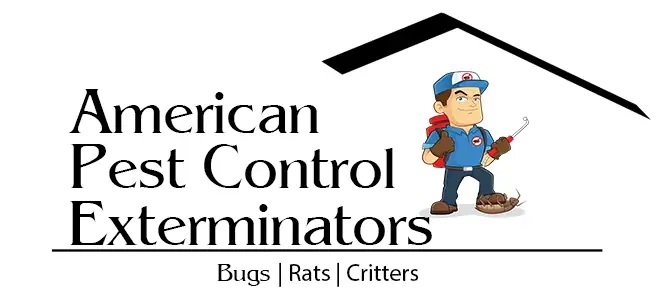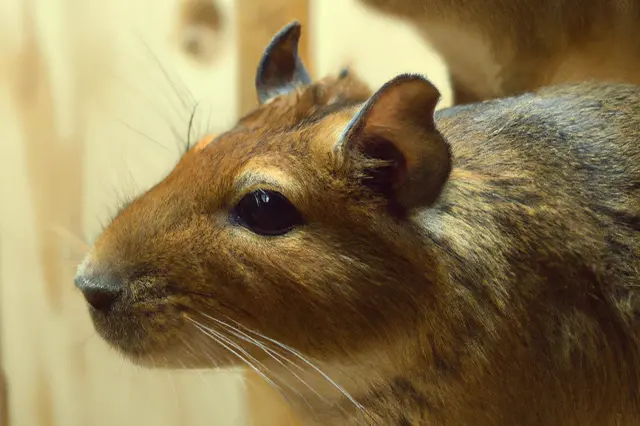
Rodents in Gardens and Lawns: Protecting Your Outdoor Space from Pests
Every homeowner wants to make the most of their outdoor space, whether it be a lawn, garden, or even a patio. But if you’re one of the many who have had to contend with pesky rodents that seem to keep coming back no matter what you do, then you know how frustrating these critters can be! Rodents such as mice and rats are very common in gardens and lawns, and they can quickly wreak havoc on your prized plants. This blog post will give you tips on how to protect your outdoor space from rodents, so you can enjoy your garden and lawn free of pest problems. Read on for more information!
The Different Types of Rodents
There are many different types of rodents that can be found in gardens and lawns. Some of the most common include:
Mice – Mice are small, brown rodents that typically live in fields and gardens. They can damage crops and spread diseases to humans and animals.
Rats – Rats are larger than mice and can be brown, black, or gray in color. They typically live in sewers and other dark, damp places. Rats can also damage crops and spread diseases to humans and animals.
Squirrels – Squirrels are small, furry rodents that are typically gray or brown in color. They live in trees and eat nuts, seeds, and fruits. Squirrels can also damage trees by chewing on their bark.
Chipmunks – Chipmunks are small, striped rodents that live in wooded areas. They eat insects, nuts, and seeds. Chipmunks can also dig holes in lawns and gardens, which can damage plants.
Voles – Voles are small, mouse-like rodents that live underground in burrows. They eat roots and underground stems of plants. Voles can also damage lawns by tunneling through the soil.
Gophers – Gophers are small, burrowing rodents that live in grassy areas. They eat roots, fruits, and vegetables. Gophers can cause extensive damage to lawns and gardens by digging tunnels and eating plants.
Hamsters – Hamsters are small, furry rodents that live in cages. They eat grains, fruits, and vegetables. Hamsters can make great pets and are often used in educational settings.
Shrews – Shrews are small, mouse-like rodents that live in forests and fields. They eat insects, worms, and other invertebrates. Shrews can also cause damage to gardens by eating plant roots.
Moles – Moles are small, burrowing rodents that live in lawns and gardens. They eat insects and worms, and can damage plants by tunneling through the soil.
These are some of the most common types of rodents. However, there are many more that can be found in different parts of the world.
Why Rodents are attracted to Gardens and Lawns
One of the most common questions we get asked here at Garden Goods Direct is why rodents are attracted to gardens and lawns in the first place. While there are many reasons why these pests are drawn to your outdoor space, there are a few key factors that play into their decision-making process.
To start, rodents are generally attracted to areas that offer them an abundance of food and shelter. Gardens and lawns typically provide both of these things, especially if you have a lot of plants or bushes. The more vegetation you have, the more likely it is that rodents will take up residence in your yard.
Another reason why rodents may be attracted to your garden or lawn is because of the water source. If you have a pond or other water feature on your property, it provides an ideal place for rodents to drink and bathe. This is especially true in hot weather when they need to cool off.
Lastly, gardens and lawns tend to be relatively undisturbed areas which make them perfect for nesting. Rodents feel safe when they’re hidden away in tall grasses or under leaves, so your yard may look like the perfect place for them to set up shop.
How to Prevent Rodents from Infesting Your Garden or Lawn
If you have rodents in your garden or lawn, there are several things you can do to prevent them from infesting your outdoor space. First, remove any potential food sources that may be attracting them. This includes keeping garbage and pet food containers sealed, and not leaving food out in the open. You should also trim back any trees or shrubs that may provide shelter for rodents. Additionally, seal any cracks or holes in your home’s foundation and around doors and windows to prevent them from getting inside. Finally, set up traps or use rodent-repellent plants to keep them away from your garden or lawn.
What to Do If You Already Have a Rodent Problem
If you already have a rodent problem, there are a few things you can do to get rid of them. First, try to identify where they are coming from and block the entryway. This may require some detective work on your part, but it will be worth it in the long run. Once you’ve blocked their entryway, set out traps baited with food that will attract the rodents. Be sure to check the traps regularly and dispose of any caught rodents properly. You can also try using a repellent to keep them away from your garden or lawn.
Conclusion
Rodents in gardens and lawns can be a nuisance, but with the right precautions, you can protect your outdoor space from these pests. Taking the time to properly identify any potential rodent infestations and putting in place preventative measures like cleaning up debris, maintaining good sanitation practices, and using barriers or traps are all important steps for keeping rodents away. With smart preparation and proactive pest management strategies, you can help keep your garden or lawn free of pesky critters.

